ROPINIROLE - ORAL
PHONETIC PRONUNCIATION: (row-PIN-uh-roll)
COMMON BRAND NAME(S): Requip
GENERIC NAME(S): ropinirole HCl
Uses
USES: This medication is used alone or with other medications to treat Parkinson's disease. It can improve your ability to move and decrease shakiness (tremor), stiffness, slowed movement, and unsteadiness. It may also decrease the number of episodes of not being able to move ("on-off syndrome"). Ropinirole is also used to treat restless legs syndrome (RLS). It may improve your sleep by decreasing the urge to move your legs and decreasing uncomfortable/unpleasant feelings in the legs. This medication works by helping to restore the balance of a certain natural substance (dopamine) in the brain.
How to use ROPINIROLE - ORAL
HOW TO USE: Read the Patient Information Leaflet provided by your pharmacist before you start taking ropinirole and each time you get a refill. If you have any questions regarding the information, consult your doctor or pharmacist. If you are taking this medication for Parkinson's disease, take this medication by mouth with or without food, usually 3 times a day as directed by your doctor. Taking this medication with food may reduce nausea. To decrease the risk of side effects (e.g., drowsiness, low blood pressure) when you first start taking ropinirole, your doctor will slowly increase your dosage until the best dose for you is reached. If you are using this medication for RLS, take this medication by mouth, usually once daily with or without food, 1-3 hours before bedtime or as directed by your doctor. Use this medication regularly in order to get the most benefit from it. To help you remember, use it at the same time(s) each day. Take this medication as prescribed. Do not increase your dose or take it more often than directed. If you stop taking this medication for several days, you may need to increase your dose slowly back to your previous dosage. Talk with your doctor about how to restart the medication. Do not stop taking this medication without consulting your doctor. If you suddenly stop taking this drug, withdrawal symptoms such as fever, muscle stiffness, and confusion may occur. To prevent these symptoms while you are stopping treatment with this drug, your doctor may reduce your dose gradually. Consult your doctor or pharmacist for more details. If you are taking this medication for RLS, tell your doctor if your symptoms increase or get worse in the early morning, or if you start getting symptoms earlier in the evening or late afternoon. Your doctor may need to change your treatment. The dosage is based on your medical condition and response to therapy. It may take a few weeks for this medication to take effect. Inform your doctor if your symptoms do not improve or if they worsen.
Side Effects
Precautions
Interactions
Overdose
Images
Reviews
Faq for ROPINIROLE - ORAL
Ropinirole is an oral medication used to treat symptoms of Parkinson's disease, such as tremors, muscle stiffness, and difficulty in controlling movements.
Ropinirole works by mimicking the effects of dopamine in the brain, a chemical that is low in people with Parkinson's disease. It stimulates dopamine receptors, thereby helping to restore the balance of dopamine and alleviate Parkinson's symptoms.
Common side effects of ropinirole include nausea, dizziness, drowsiness, and headache. Other possible side effects may include hallucinations, changes in blood pressure, and problems with impulse control.
The onset of action for ropinirole can vary, but it commonly takes a few weeks for the full therapeutic effects to be noticeable. However, some people may experience symptom relief sooner.
Yes, ropinirole is approved for the treatment of moderate to severe primary restless legs syndrome. It can help relieve the uncomfortable sensations in the legs and reduce the urge to move.
The recommended starting dose for ropinirole in Parkinson's disease is generally 0.25-0.5 mg taken orally three times daily. The dosage is gradually increased until an optimal response is achieved.
Ropinirole may interact with certain medications, such as antipsychotics or drugs that affect dopamine levels. It is crucial to inform your healthcare provider about all the medications you are taking to avoid potentially harmful drug interactions.
It is recommended to avoid using ropinirole during pregnancy unless clearly necessary, as its effects on unborn babies are not well-established. Ropinirole can pass into breast milk, so it is generally not recommended for use while breastfeeding.
Abruptly stopping ropinirole can lead to withdrawal symptoms and worsened Parkinson's disease symptoms. It is important to consult a healthcare professional before discontinuing or changing the dosage of any medication.
Disclaimer
IMPORTANT: HOW TO USE THIS INFORMATION: This is a summary and does NOT have all possible information about this product. This information does not assure that this product is safe, effective, or appropriate for you. This information is not individual medical advice and does not substitute for the advice of your health care professional. Always ask your health care professional for complete information about this product and your specific health needs.
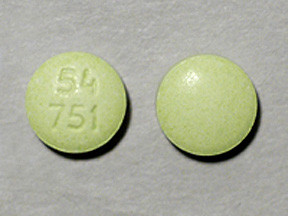
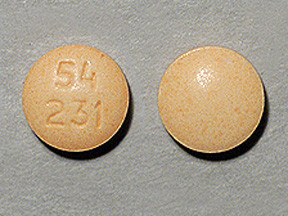

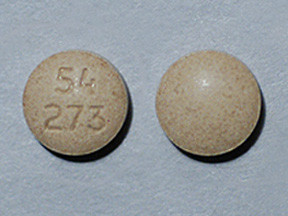

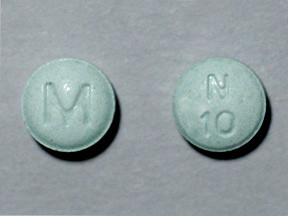
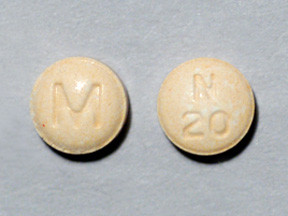
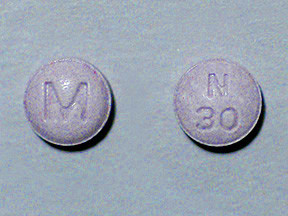
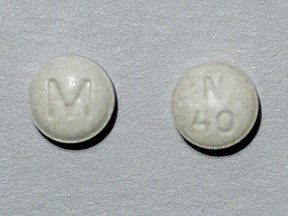
No Reviews Yet